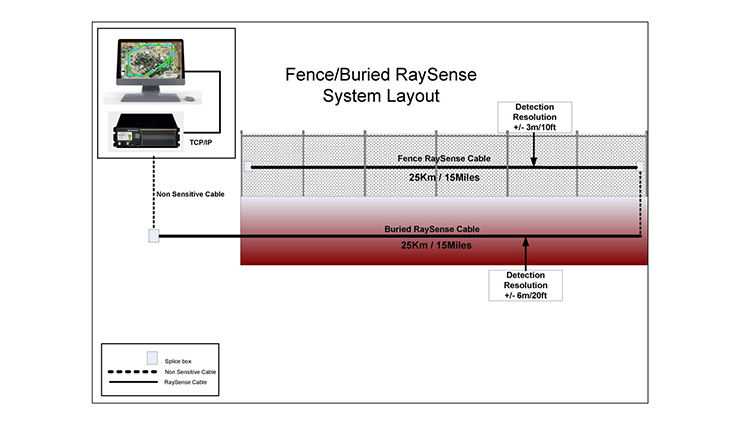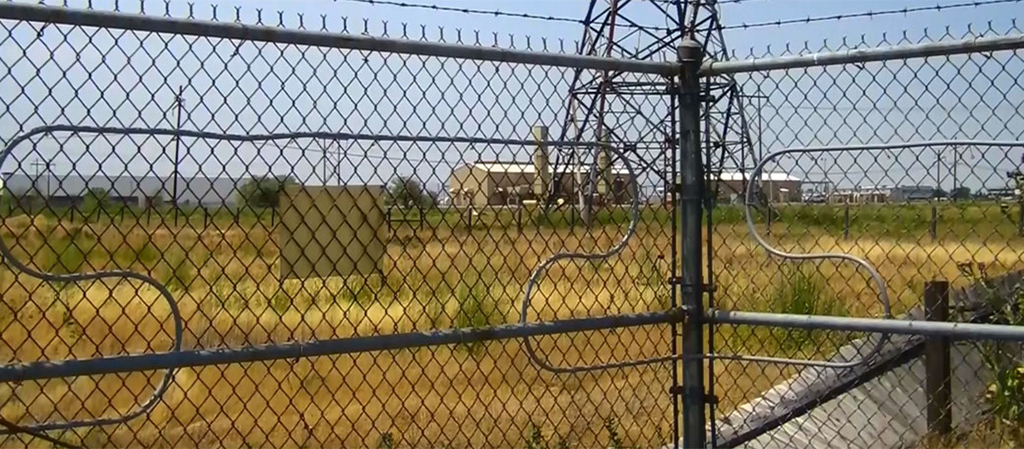Security Fibers: A Durable Solution for Advanced Security Systems
Security Fibers: A Durable Solution for Advanced Security Systems
Blog Article
Improve Your Safety With Advanced Fiber Optic Security Equipments
In an age where safety is paramount, advanced fiber optic safety and security systems provide an engaging option for boosting security throughout numerous environments. What implications do these innovations hold for future protection procedures?
Benefits of Fiber Optic Safety And Security
Utilizing the benefits of fiber optic modern technology substantially enhances safety and security systems across different applications. One of the primary benefits is the boosted bandwidth capacity, enabling for the transmission of big quantities of information at high speeds. This is specifically important for real-time video surveillance, where high-resolution feeds can be sent out without latency, making sure immediate action capabilities.
In addition, fiber optics exhibit exceptional resistance to electro-magnetic disturbance, which is vital in environments with prospective signal disruptions. This dependability ensures constant efficiency in essential protection procedures. In addition, fiber optic cables are much less susceptible to touching and unapproved gain access to contrasted to conventional copper electrical wiring, consequently enhancing information integrity and confidentiality.
An additional noteworthy benefit is the sturdiness of fiber optic systems; they are much more immune to ecological elements such as moisture, temperature changes, and destructive compounds. This strength equates to lower maintenance expenses and longer lifespans for security installments.
Last but not least, the lightweight nature of fiber optic cable televisions assists in less complicated installment and routing, specifically in complex infrastructures (fiber optic security system). Eventually, the combination of fiber optic innovation into safety and security systems not just bolsters security actions however also optimizes operational efficiency
Key Features to Take Into Consideration
When assessing fiber optic safety and security systems, several vital functions have to be taken into consideration to make sure optimum efficiency and performance. Analyze the system's discovery variety and sensitivity; a comprehensive range allows for monitoring huge locations, while high sensitivity ensures that also small disturbances are spotted quickly.
Next, take into consideration the assimilation capacities of the system. A fiber optic protection system must perfectly interface with existing security actions such as cams and alarms, creating a cohesive protection network.
Toughness and ecological resistance are likewise critical functions. Ensure that the system is made to hold up against harsh climate condition and possible physical dangers, as this will certainly prolong its functional lifespan.

Finally, look into the scalability of the system. A durable fiber optic safety and security system need to be quickly expandable to fit future needs without substantial overhauls. this hyperlink By thoroughly thinking about these functions, you can choose a fiber optic safety and security option that boosts safety and protection in your environment.
Installment Refine Overview
To effectively implement a fiber optic protection system, an organized installation process is crucial. This procedure begins with a page detailed site analysis to establish the particular safety demands and to identify optimum locations for fiber optic cords and security devices. Following this assessment, the setup group will certainly establish a thorough plan, including cord pathways, needed tools, and compliance with regional policies.
Following, the installment entails laying the fiber optic cables, guaranteeing they are protected from environmental factors and physical damages. Correct handling techniques are vital, as fiber optic cable televisions are delicate and can be easily damaged. After the cabling is installed, connectors and discontinuations are diligently finished to ensure signal honesty.
The subsequent phase is composed of setting up safety devices such as electronic cameras, motion detectors, and security system, all incorporated with the fiber optic network. Extensive screening is performed to validate that all elements are operating properly and to make certain ideal performance.

Contrasting Fiber Optic to Traditional Equipments
The advancement of safety innovation has brought about substantial improvements in the comparison between fiber optic systems and standard copper-based systems. Fiber optic systems use light to transmit information, offering remarkable data transfer and speed contrasted to their copper counterparts. This leads to enhanced information transmission abilities, making fiber optics optimal for high-resolution video security and real-time tracking.
Additionally, fiber optic cable televisions are immune to electro-magnetic interference, decreasing the probability of signal degradation brought on by outside variables. This characteristic makes certain constant performance, also in challenging atmospheres. In contrast, traditional copper systems are more at risk to disturbance, causing potential susceptabilities in protection applications.
Toughness is another advantage of fiber optic systems. They are much less prone to damage from environmental factors such as wetness and temperature level changes, which can compromise copper wiring. Fiber optics are lighter and thinner, permitting for much easier setup and minimized physical impact.
However, standard systems have a tendency to have reduced first costs, making them attractive for budget-conscious tasks. While fiber optic systems may require a higher in advance investment, their long-lasting benefits-- such as reduced maintenance costs and higher dependability-- usually outweigh the first expenditure, placing them as a premium option for the original source contemporary protection demands.
Future Trends in Safety Modern Technology
Arising fads in safety technology are poised to transform the landscape of surveillance and hazard detection - fiber optic security system. As organizations increasingly face innovative hazards, innovations such as expert system (AI) and machine knowing (ML) are becoming essential to protection systems. These innovations improve the capability of fiber optic systems by enabling real-time data analysis, identifying abnormalities, and automating feedbacks to prospective violations
Furthermore, the combination of the Web of Points (IoT) is transforming security structures. IoT gadgets can offer detailed situational understanding and help with smooth interaction between different security parts. This interconnectedness enables for extra efficient surveillance and faster event response times.
Biometric authentication is likewise gaining energy, offering a greater degree of safety through special physical characteristics. As this modern technology evolves, it is likely to be included right into fiber optic systems for improved gain access to control.
Verdict
Finally, advanced fiber optic safety systems represent a substantial improvement in safety and surveillance innovation. Their superior bandwidth, resistance to disturbance, and durability help with trustworthy tracking and information stability. As these systems integrate AI and IoT capacities, they boost the general safety structure, guaranteeing robust protection for possessions. The change from traditional systems to fiber optic options shows an expanding fad towards more reliable and effective safety actions in a significantly intricate technical landscape.
Report this page